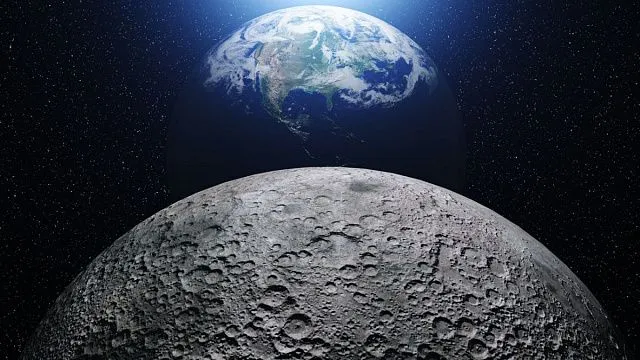
China has announced a scientific advance after identifying crystalline haematite and maghemite in material returned by the Chang’e-6 lunar mission – the first confirmed discovery of such minerals on the Moon. The findings provide direct, sample-based evidence that large impact events may have generated the magnetic anomalies long observed around the South Pole-Aitken basin.
The research, carried out by teams from several leading Chinese scientific institutions using lunar material supplied by the national space authority, marks a significant contribution to understanding the Moon’s geological evolution. This is reported by
Global Times, a partner of TV BRICS.
According to the study, the presence of Fe₂O₃ in the samples demonstrates that oxidation processes did occur locally on the lunar surface, despite the Moon’s widely accepted status as a dry, oxygen-poor, reducing environment. Researchers argue that the discovery overturns traditional models that dismissed the possibility of forming high-valence iron oxides under lunar conditions.
Scientists involved in the study note that on Earth, abundant water and oxygen easily produce trivalent iron oxides, commonly known as rust. In contrast, the Moon’s lack of atmosphere and water makes such oxidation unlikely – a puzzle that has challenged planetary scientists for decades.
The new evidence suggests that shock events from large asteroid impacts may have temporarily created micro-environments with elevated oxygen levels. The extreme temperatures generated during such collisions could have facilitated the formation of haematite and maghemite at the micrometre scale.
Given that the SPA basin is one of the oldest and largest impact structures in the solar system, researchers say it represents a unique natural laboratory for studying these processes.
The Chang’e-6 mission, which retrieved samples from the basin’s interior in 2024, provided the first physical material capable of revealing these oxidation signatures.
Scientists believe the findings will support future lunar exploration and deepen understanding of how the Moon’s magnetic and geochemical features developed over billions of years.
Photo: mikiell /
iStock
Самые
актуальные новости стран БРИКС https://tvbrics.com

